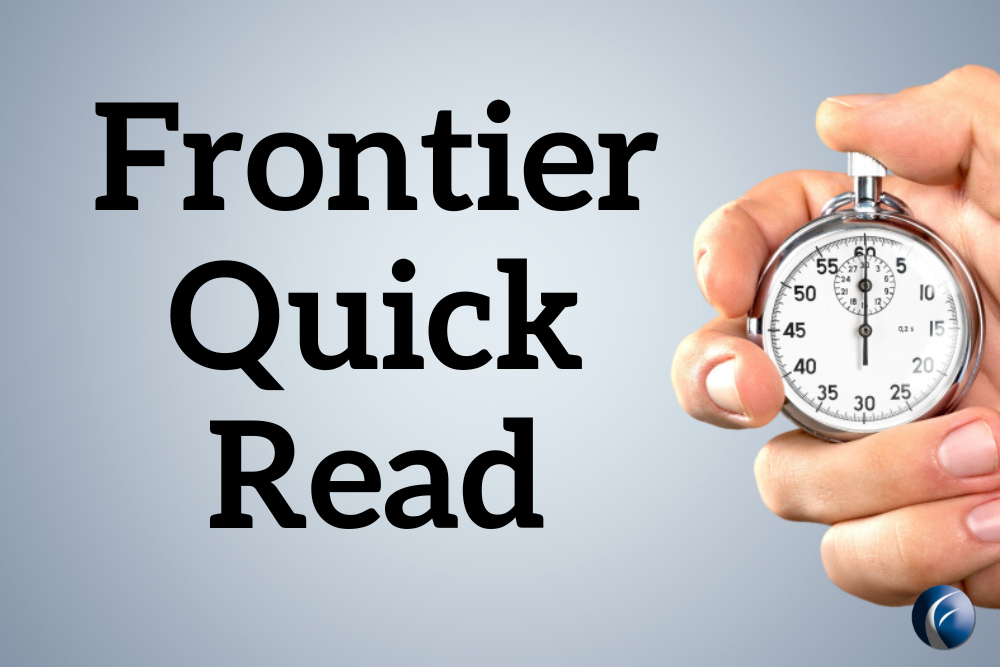
As we start another new year full of uncertainties, you must pay particular attention to your supply chain. This includes following procurement best practices for your industry and manufacturing processes. As supply chains become increasingly complex, a manufacturing ERP can cut through the noise. It can integrate with other logistics systems, support product flow, and ensure availability.
Efficient procurement processes save money and ensure that production runs smoothly and on time. Let’s explore how to use your manufacturing ERP to implement 2025’s procurement best practices. We’ll focus on leveraging technology, benchmarking for improvement, building resilience, and ensuring spending transparency.
Leveraging Manufacturing ERP Technology
Technology plays a vital role in modern procurement processes. A 2023 Globality report noted that 8 of 10 Requests for Proposal (RFPs) were received via email or spreadsheet. That’s not very effective or efficient.
With the rapid advancements in software and digital tools, staying updated is crucial for efficiency and competitiveness.
1. Automation

Start the year off right by utilizing Frontier’s Supply Chain Management features to optimize your procurement best practices.
One of the biggest advantages of using a manufacturing ERP in procurement is automation. Manual business processes can be time-consuming and prone to errors. Frontier ERP automates routine tasks such as purchase order creation, approval workflows, and invoice matching. This saves time and reduces the risk of human error, ensuring more accurate and reliable procurement operations.
2. Integration
Seamless integration with suppliers and other systems is another significant benefit of a manufacturing ERP. Frontier ERP software allows for real-time communication and data exchange with suppliers. By connecting with suppliers’ systems, you can quickly respond to demand changes. This helps you manage inventories better and reduce lead times.
3. Analytics
Advanced analytics and reporting capabilities of a manufacturing ERP system provide deep insights into procurement activities. With access to real-time data, you can track spending patterns, identify cost-saving opportunities, and make informed decisions. The ability to analyze past procurement data helps in forecasting future needs and planning more effectively.
Benchmarking for Continuous Improvement
Benchmarking is a powerful tool for continuous improvement in procurement. It involves comparing your processes and performance metrics with industry standards or best practices to identify areas for enhancement.
1. Performance Metrics
Frontier ERP’s software solution provides key performance metrics that help you monitor the effectiveness of your procurement processes. Metrics such as order accuracy, supplier performance, and procurement cycle time offer real-time insights into your procurement processes. By regularly tracking these metrics, you can pinpoint areas that need improvement.
2. Comparative Analysis
The comparative analysis tools in a manufacturing ERP like Frontier allow you to measure your procurement performance against industry standards. This helps you understand where you stand in the competitive landscape and identify opportunities for improvement. So, if your order cycle time is longer than the average, you can look into the reasons and make changes.
3. Improvement Tracking
The best manufacturing ERP also enables you to track improvements over time. If you set benchmarks and regularly review your performance, you can ensure that your procurement processes are continuously evolving and improving. This not only enhances efficiency but also boosts overall productivity.
Building Resilience in Procurement Best Practices
Resilience in procurement is important, especially in the wake of disruptions like the COVID-19 pandemic and global conflicts. Building a resilient procurement process and vendor evaluations helps ensure that your manufacturing operations can withstand unforeseen challenges.

Why take unnecessary risks from manual processes? Adopt Frontier’s automated procurement processes to save time and money.
1. Risk Management
Frontier ERP includes robust risk management features that help you identify and mitigate potential risks in the procurement process. From supplier reliability to geopolitical factors, the system allows you to assess risks and develop appropriate strategies. By proactively managing risks, you can minimize disruptions and maintain continuity in your supply chain.
2. Supplier Diversification
One way to build resilience is by diversifying your supplier base. Relying on a single supplier can be risky, especially if they face issues that affect their ability to deliver. A top manufacturing ERP like Frontier helps you identify and evaluate multiple suppliers. This diversification reduces dependency and enhances your supply chain’s robustness.
3. Scenario Planning
Scenario planning and forecasting tools in Frontier ERP allow you to prepare for various potential situations. By simulating different scenarios you can develop contingency plans and be better prepared to handle unexpected events. Consider testing as if supply chain disruptions or changes in demand are occurring. This proactive approach ensures that your procurement process remains resilient under different circumstances.
Ensuring Spend Transparency
Roughly 82% of procurement leaders acknowledge their indirect spend is not well managed. That’s quite an alarming statistic.
Spend transparency is crucial for effective cost control and strategic decision-making in procurement. It involves having clear visibility into your spend management.
1. Real-time Visibility
Manufacturing ERP software provides real-time visibility into procurement spending. With up-to-date data at your fingertips, you can monitor expenditures across different categories, departments, and suppliers. This transparency helps you identify any anomalies or areas where spending may be higher than necessary.
2. Detailed Reporting
The detailed reporting features of Frontier ERP enable you to generate comprehensive reports on procurement activities. These reports provide insights into spending patterns, supplier performance, and cost-saving opportunities. By analyzing these reports, you can make data-driven decisions that optimize your procurement processes and reduce costs.
3. Cost Control
Frontier ERP helps you identify cost-saving opportunities by analyzing spending and highlighting areas of inefficiency. For instance, you might discover that consolidating orders with a particular supplier can lead to volume discounts. By leveraging these insights, you can implement strategies that control costs and improve your bottom line.
Conclusion
In conclusion, adopting procurement best practices is essential for manufacturers looking to stay competitive in 2025. By leveraging the power of the best ERP for manufacturers, you can enhance your procurement processes. These practices not only improve efficiency but also ensure that your manufacturing operations run smoothly and cost-effectively.
As you implement these best practices, remember that continuous improvement is key. Regularly review your performance, track improvements, and stay updated with the latest advancements in procurement technology. By doing so, you’ll be well-equipped to navigate the challenges and opportunities that lie ahead.
Through technology, benchmarking, resilience, and spend transparency, Frontier ERP Supply Chain Management is your solution to procurement best practices. Explore the capabilities of Frontier ERP and see how it can transform your manufacturing and procurement processes for 2025.




